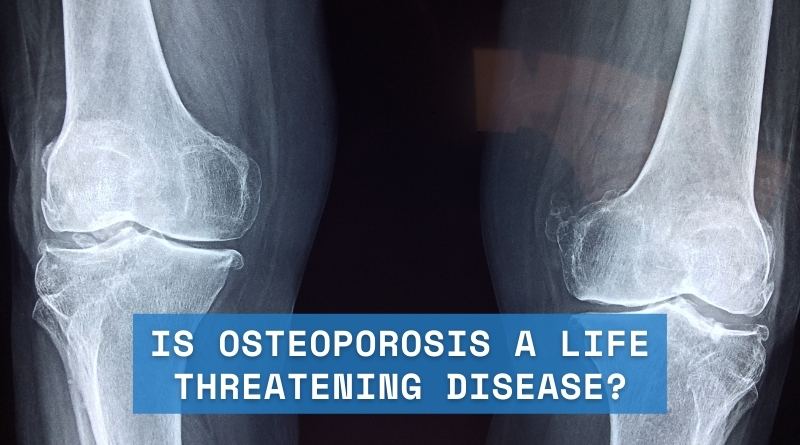Thanks to advances in medicine and the improvement of living conditions today are living longer. However, the quality of life is compromised by health problems that arise as our population becomes older. Osteoporosis is one of them. Brazil has about 10 million people with the disease, which is characterized by weakening of the bones and increased risk of fractures. And surveys show that 20% of Brazilians – about 30 million people – are at risk of developing osteoporosis in the coming years.
In May, experts from around the world gathered for the World Congress on Osteoporosis, held every two years. The event, hosted this year in Riocentro in Rio de Janeiro, was chaired by rheumatologist Brazilian Rubem Lederman. “Latin America will pass through the largest increase in osteoporotic fractures in the coming years, compared to other regions,” provides the student, who is also member of the International Osteoporosis Foundation of Brazil (IOF), a worldwide organization dedicated to fighting osteoporosis.
Osteoporosis is one of the most common and debilitating. Results in pain, loss of movement, inability to perform daily activities and, in many cases, death. Among the main factors that contribute to the risk of the disease are smoking and sedentary lifestyle. Exercises during early life appear to be important in the prevention of future bone diseases, while being overweight increases the risk of fractures.
One of the issues widely discussed in the congress was the present situation and future development of osteoporosis in Latin America. According to recent research, the next fifty years, the numbers of hip fractures in men and women, worldwide, will double. Today, one in four hip fractures occur in Latin America and Asia, in 2050, this number should increase to one in two fractures: the Latin Americans will suffer more than 600,000 hip fractures, with direct annual costs of 13 billion dollars.
In Brazil, about 10 million people suffer from osteoporosis, but only one in three is diagnosed. Of these, only 20% receive some type of treatment. Regarding diagnosis, research indicates that bone densitometry remains the most often recommended. To assess risk of fracture, according to Sergio Ragi, orthopedic unit of Climacteric and Menopause Federal University of Espirito Santo, can be useful Quantitative ultrasound bone. “It is a simple and quick, which uses ultrasound as a physical principle. He arrived in Brazil as early as 1996 but still has a good acceptance by physicians and other European countries, has been rarely used in Brazil.
















Add Comment